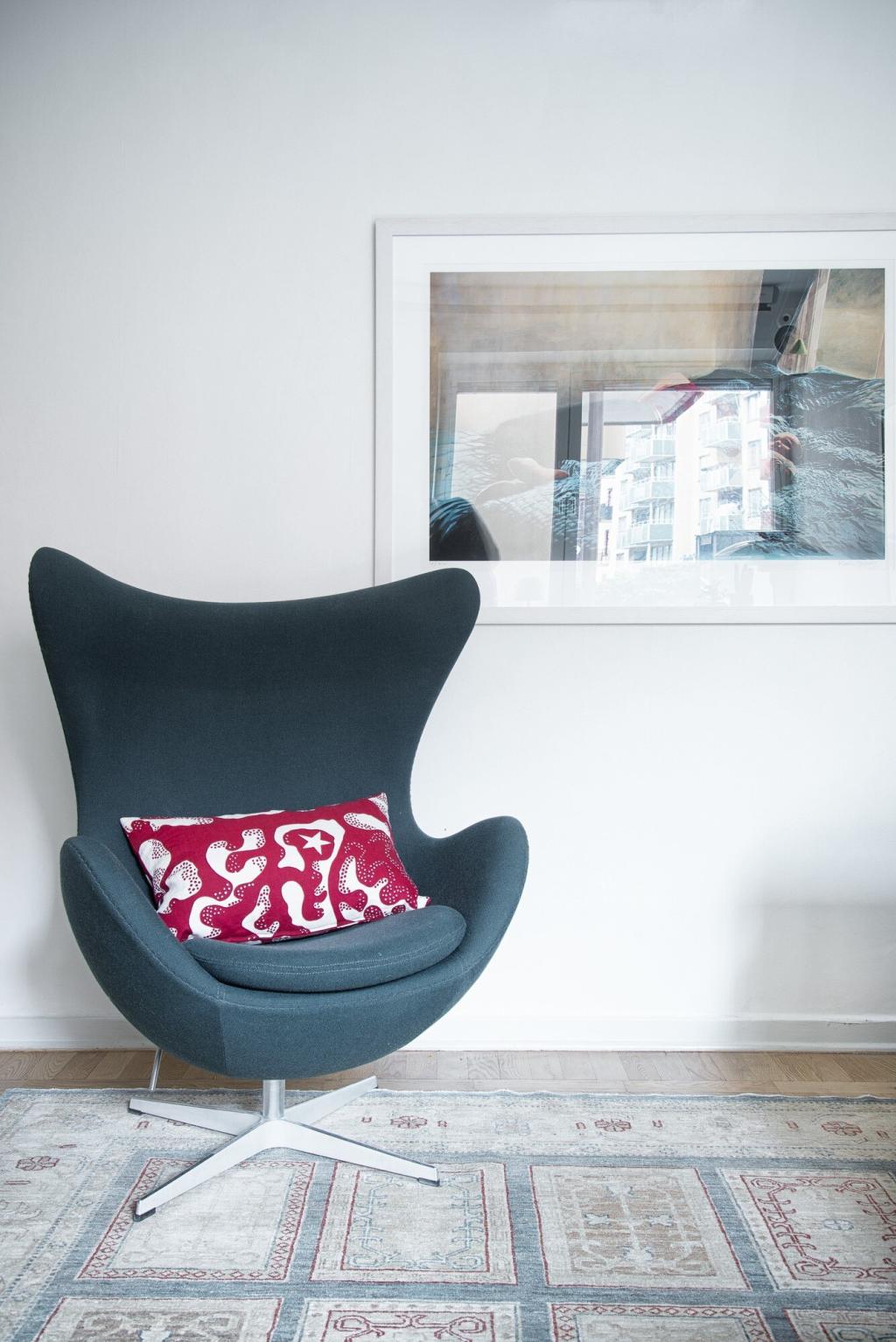Functional Minimalist Spaces: Ideas and Inspirations
Functional minimalist spaces blend simplicity with purpose, creating environments that foster tranquility and efficiency. By reducing clutter and focusing on essential elements, these spaces promote clarity and comfort. Minimalism doesn’t merely mean having fewer items; it’s about intentional design choices that maximize utility and beauty. In this guide, you’ll discover how to design rooms that are as practical as they are aesthetically pleasing, embracing minimalist principles that enhance daily living. From layout strategies to material selection and personalized touches, these ideas and inspirations will help you create functional minimalist havens tailored to your lifestyle.
Thoughtful Space Planning
Establishing clearly defined zones helps differentiate functional areas without relying on excess furniture or partitions. For example, in open-plan living spaces, strategic placement of a sofa or rug can delineate the lounge from the dining area without obstructing sight lines. This invisible boundary approach preserves the minimalist aesthetic, allowing each activity to have its own space while maintaining a seamless visual narrative. Through thoughtful zoning, you can optimize a room’s utility, ensuring that every corner supports your daily needs without overcrowding the environment.

Intentional Material and Color Choices
Neutral Palettes for Cohesion
A neutral color palette forms the baseline of minimalist interiors, offering a calm, cohesive backdrop. Shades of white, beige, gray, and muted earth tones create a harmonious foundation that reflects light and instills tranquility. This approach allows you to layer subtle tones and textures without overwhelming the senses. Cohesive color schemes also help unify open-concept spaces, supporting both visual and functional continuity. By centering your design around neutrals, you give space for functional features and personal accents to stand out thoughtfully.
Tactile Quality in Materials
The tactile qualities of your chosen materials play a key role in the sensory experience of a minimalist space. Natural woods, smooth stone, and soft textiles provide comfort without visual clutter, introducing warmth and depth to otherwise simple compositions. These materials not only stand up to regular use but also invite touch, making the environment inviting and livable. Carefully selected surfaces reinforce functional priorities, such as ease of cleaning and maintenance, while maintaining the understated elegance central to minimalist design.
Durable Surfaces for Lasting Function
In functional minimalist spaces, durability is as important as aesthetics. Choosing surfaces that are easy to maintain and resistant to daily wear ensures your space remains pristine with minimal effort. Options such as quartz countertops, treated hardwood floors, and high-quality laminates offer longevity without sacrificing style. By prioritizing hard-wearing materials that align with minimalist principles, you can enjoy a visually uncluttered environment that stands up to the demands of everyday life, embodying both function and refined simplicity.
Smart Storage Solutions
Built-in storage provides a streamlined solution for concealing belongings and maximizing available space. From floor-to-ceiling cabinets that blend with the wall to recessed shelving niches, these features are thoughtfully designed to appear as extensions of the room’s architecture. Seamless built-ins minimize visual disruption and create symmetry, supporting a minimalist look while keeping clutter at bay. By customizing storage solutions to suit your specific habits, you foster an environment that supports both order and effortless daily living.
Modular storage systems cater to the evolving nature of modern life. Such systems can be reconfigured, expanded, or condensed as your needs change, without introducing extra furniture or compromising minimalism. Whether it’s stackable containers, customizable shelving, or adjustable wardrobes, these solutions provide flexibility within a disciplined framework. The adaptability of modular storage ensures your space remains organized and efficient, empowering you to maintain a tidy environment as your circumstances shift over time.
Hidden storage innovations cleverly utilize unused nooks and crannies to maximize functionality without disturbing a minimalist aesthetic. Think drawers tucked into stair risers, lift-top coffee tables, or beds with discreet under-mattress compartments. These solutions keep everyday essentials close at hand but out of immediate view, reinforcing the clean, uncluttered feel. By investing in hidden storage, you foster a sense of spaciousness and order, freeing up surfaces and minimizing distractions so your minimalist space can truly shine.

